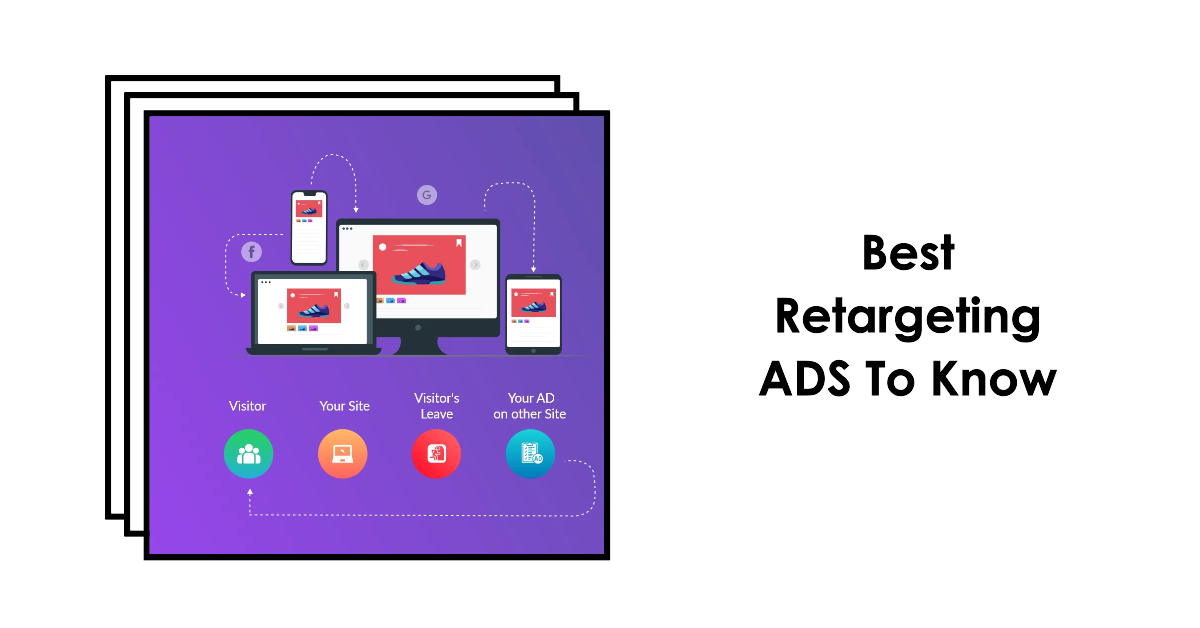Are you looking to turn your clutter into cash or perhaps embark on a new entrepreneurial journey? eBay, the giant of online marketplaces, might just be your ticket to success. But before you start listing your items or launching your store, it’s crucial to understand the ins and outs selling fees on eBay. Fear not, fellow e-commerce enthusiasts, for in this comprehensive guide, we’ll delve into the intricacies of eBay fees, ensuring you’re armed with the knowledge to maximize your profits and minimize surprises along the way.
Understanding eBay Fees: The Basics
First things first, let’s break down the fundamental components of eBay’s fee structure:
- Insertion Fees: These are charges for listing your item on eBay. In most cases, you get a certain number of free listings per month, beyond which you’ll incur a fee per listing. However, some categories, such as vehicles and real estate, typically have insertion fees regardless of your listing volume.
- Final Value Fees (FVFs): Once your item sells, eBay takes a percentage of the total selling price as its commission. This percentage varies depending on the category of your item and whether you opt for additional features like eBay’s managed payments.
- Optional Listing Upgrades: eBay offers various optional features to enhance your listings, such as bold titles, subtitles, and Gallery Plus. While these upgrades can increase visibility and potentially lead to higher sales, they come at an additional cost.
- Payment Processing Fees: If you choose eBay’s managed payments option, which consolidates payment processing within the eBay platform, you’ll also incur payment processing fees. These fees encompass payment gateway charges, interchange fees, and other processing costs.
Breaking Down the Numbers – Selling Fees on eBay
Now, let’s crunch some numbers to illustrate the potential impact of eBay fees on your bottom line. Suppose you’re selling a vintage camera for $200. Here’s how the fees might stack up:
- Insertion Fee: Let’s assume you’re using one of your free monthly listings, so there’s no insertion fee for this item.
- Final Value Fee: If the category of your item falls under the standard rate, which is typically around 10%, eBay would deduct $20 (10% of $200) as the final value fee.
- Optional Upgrades: If you decide to spruce up your listing with a gallery plus feature for an additional $2, this would be an extra expense.
- Payment Processing Fee: With managed payments, eBay’s payment processing fee is generally around 2.7% + $0.25 per transaction. For our $200 sale, this would amount to approximately $5.75.
So, in this scenario, your total fees would be $20 (FVF) + $2 (optional upgrade) + $5.75 (payment processing fee), totaling $27.75. Subtracting this from your $200 selling price leaves you with a net profit of $172.25.

Strategies to Optimize Your Profits
While eBay fees are a reality of doing business on the platform, there are several strategies you can employ to mitigate their impact and maximize your profits:
- Optimize Your Listings: Invest time in crafting compelling product descriptions, high-quality images, and competitive pricing to attract buyers organically and minimize the need for costly promotional upgrades.
- Utilize Free Listings Wisely: Take advantage of eBay’s free monthly listings by prioritizing high-value or fast-moving items for inclusion. Consider rotating your inventory to make the most of your allocation.
- Bundle Items: Bundle related items together to increase the perceived value and command higher selling prices while spreading out the impact of fees across multiple products.
- Explore Promotional Tools: eBay frequently offers promotions and discounts on insertion fees and final value fees for select categories or sellers meeting specific criteria. Keep an eye out for these opportunities to list and sell strategically.
- Consider Alternative Selling Platforms: While eBay boasts a vast user base and robust infrastructure, alternative platforms like Etsy, Amazon, or even niche marketplaces might offer lower fees or better alignment with your target audience.
Tips for Fee-Efficient Selling on eBay – Selling Fees on eBay
Here, we’ll explore practical tips to help you sell smarter, save on fees, and increase your profits on the platform. Whether you’re new to eBay or a seasoned seller, these insights will empower you to navigate eBay’s fees with ease. Let’s dive in!
Timing Your Listings for Maximum Impact
Timing is everything when it comes to listing your items on eBay. Research suggests that certain times of the day and week can result in higher visibility and better sales. Consider scheduling your listings to end during peak shopping hours or on weekends when potential buyers are more active. Additionally, take advantage of eBay’s scheduling feature to ensure your listings go live at optimal times without requiring constant monitoring.

Utilizing Auction vs. Fixed Price Listings:
Understanding the differences between auction-style and fixed-price listings can help you optimize your selling strategy while minimizing fees. Auction-style listings can generate excitement and potentially lead to bidding wars, driving up the final selling price. However, keep in mind that eBay charges a final value fee based on the winning bid amount. On the other hand, fixed-price listings offer predictability and control over pricing but may incur higher insertion fees. Experiment with both formats to determine which works best for your inventory and selling goals.
Negotiating Shipping Costs and Options: Selling Fees on eBay
Shipping costs can significantly impact your overall profitability on eBay. To minimize expenses and attract buyers, explore various shipping options and negotiate favorable rates with shipping carriers. Consider offering free shipping or incorporating shipping costs into your item prices to simplify the buying process for customers. Additionally, leverage eBay’s shipping discounts and bulk shipping tools to save time and money on fulfillment.
Staying Informed About eBay’s Fee Updates:
Evolving fee structures and policies are par for the course in the world of e-commerce. Stay proactive by regularly monitoring eBay’s fee updates and policy changes to ensure you’re operating within the most cost-effective parameters. Subscribe to eBay’s seller newsletters, join seller forums, and participate in webinars to stay informed about industry trends and best practices. By staying ahead of the curve, you can adapt your selling strategies accordingly and maintain a competitive edge in the marketplace.
By implementing these fee-efficient selling tips on eBay, you can optimize your listings, minimize expenses, and maximize your profits. Remember, success on eBay is not just about what you sell but also how you sell it. Stay flexible, experiment with different strategies, and continually refine your approach to achieve long-term success as an eBay seller.

Conclusion: Selling Fees on eBay
Navigating the selling fees on eBay is an essential aspect of running a successful online business on the platform. By understanding the various components of eBay’s fee structure, crunching the numbers for your specific listings, and implementing strategic measures to optimize your profits, you can harness the full potential of eBay as a lucrative marketplace for your products. So, roll up your sleeves, polish those listings, and get ready to turn your entrepreneurial dreams into reality on eBay!









[…] popularity of these top selling coins on eBay is a testament to their enduring appeal and the passionate community of collectors who cherish […]
[…] of the first steps to successfully selling shoes on eBay is identifying your niche. While the term “comfort shoes” encompasses a broad range of […]